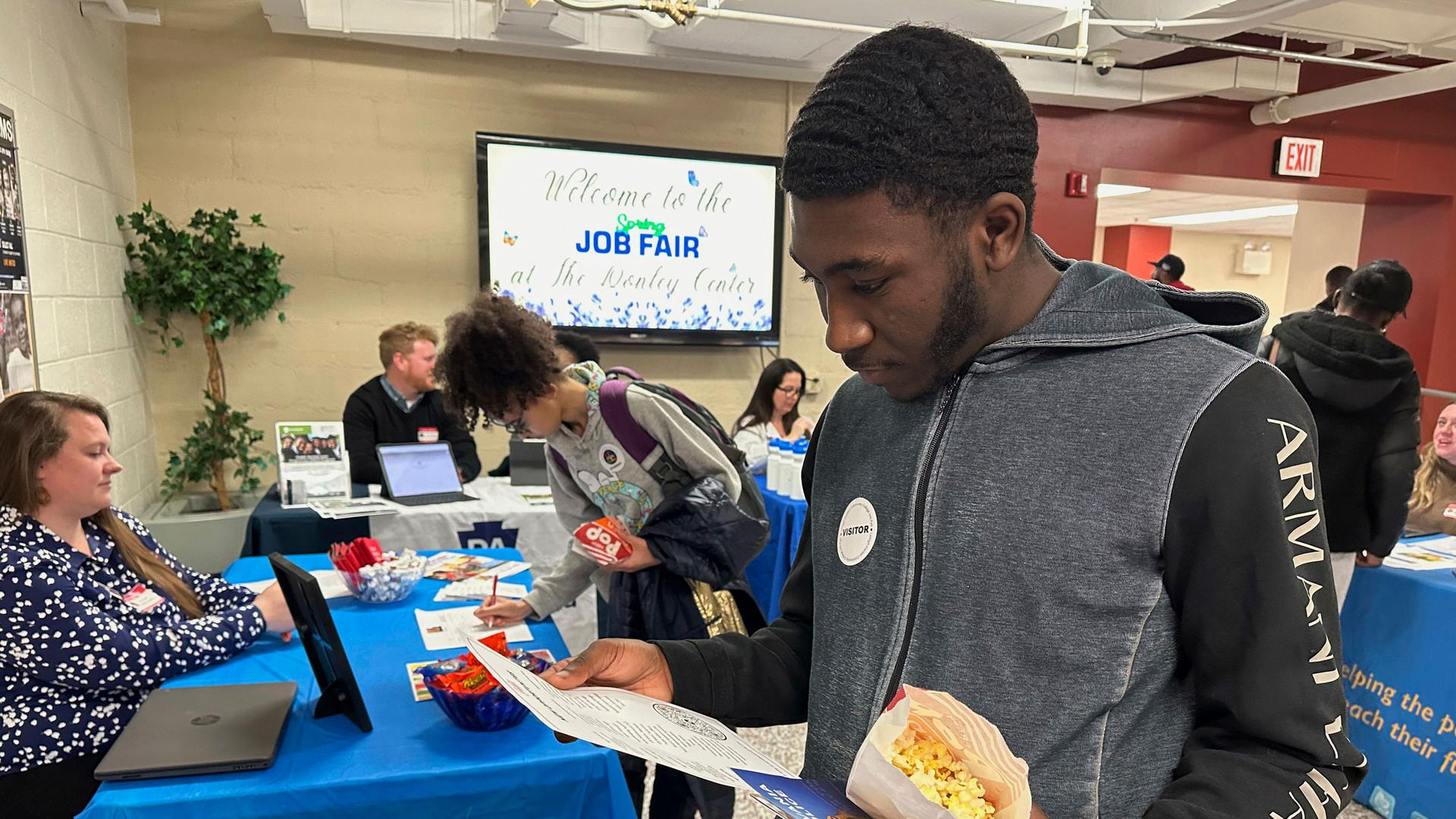When Samantha first left South Africa and came to the United States for community college, money was tight, but she and her family managed to make it work. Then, COVID-19 happened, and she had to return home to Pretoria.
The economy there stalled, work dried up for her father’s construction business and her parents divorced.
“Unfortunately, COVID really messed up finances for my family altogether,” Samantha said. (The World is not using her full name because she risks losing her visa by sharing her identity.)
This meant that when campus reopened, Samantha didn’t have the money to return. Like all international students, to get a student visa, she needed to prove up front to school officials that she had $9,000 to pay tuition — about eight times what state residents pay. She also needed living expenses for an entire year, which brought the total to $28,000.
Community colleges are an attractive option for students, in part, because they’re a fraction of the cost of four-year universities. But with higher nonresident tuition fees, ineligibility for state or federal aid and limited options for work, it can still generate sticker shock when international students arrive in the US.
Samantha’s mother turned to family and friends to raise the money. Some people contributed to tuition, while others offered a bit of spending money to help get her back on her feet.
“I think a few of my mom’s friends and a few of our family friends contributed,” Samantha recalled. “I don’t know them all, but I’m sure there’s, like, maybe more than 10 people.”
Bank statements are among the paperwork that international students must submit to school officials so that the government can issue an F-1 student visa. Last year, Samantha got her visa and returned to community college in southern California.
But officials who review funding documentation are aware that bank statements don’t always tell the whole story.
“We are supposed to see that they have this money to spend,” said Lindsey Ludwig, director of the International Student Program at El Camino College. “However, if you have that money in a bank account, it’s going to be [the] family’s money, it’s not going to necessarily be the student’s money.”
That’s why Ludwig’s office also offers material support. About 1 in 4 college students experience food insecurity, including international students. “We have a little pantry in our office, for free food and coffee,” she said. “So, if international students feel uncomfortable going over to the actual [campus] pantry, they can just pick up stuff in our office.”
Because family support and loans aren’t enough, most international students work while they are in the US.
At Samantha’s college, campus jobs are relatively available. At one point, she had four campus jobs — working at the library, a coffee shop, admissions and records and as a tutor — which mostly covered her living expenses.
But like a lot of international students, Samantha has occasionally had to work under the table to make ends meet.
“I don’t say it with pride. I say it with more [of] a sense of survival,” she said. “As an international student, if you are not somebody who comes from extreme wealth … you can never be above that.”
US institutions have come under fire for their dependence upon international students to balance their budgets.
Stephanie Kim is a higher education scholar at Georgetown University.
Her book, “Constructing Student Mobility: How Universities Recruit Students and Shape Pathways between Berkeley and Seoul,” debunks some of the misconceptions about international students.
“International students who are in the US, they are well-aware of the stereotype that Americans have put onto them,” Kim said. “These rich, wealthy, globetrotters who are coming into campuses and taking away seats. Sometimes they have financial means, but sometimes they don’t.”
According to Kim, colleges need to see international students, not just as income or for how much tuition revenue they bring in, but as individuals with needs, like any other student. “It’s really just reframing the perspective and thinking about how [we can] best serve students on their own terms,” she said.
Still, Samantha feels these difficulties are worth it.
“I have family and friends, I have a village, who are supporting my dreams,” she said. “Some of us are only here to just better our lives in some way. And education is that key,” she said. “So, just give us some sense of grace when you see us.”
